1. Offset paper (Dowling paper);
Offset paper is divided into special grade, No. 1 and No. 2 according to the proportion of paper pulp. There are single-sided and double-sided points, and there are two grades of super calender and ordinary calender. Paper weights are 50, 60, 70, 80, 90, 100, 120, 150, 180 (g/m2),
Among the commonly used double-sided offset papers are 70, 80, 90, 100, 120 (g/m2), and single-sided offset papers are 50, 60, 70, 80 (g/m2) and so on.
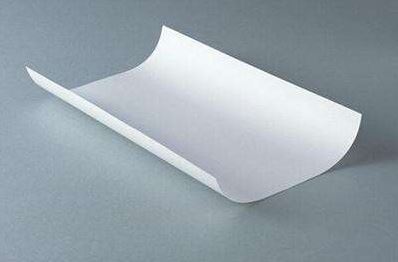
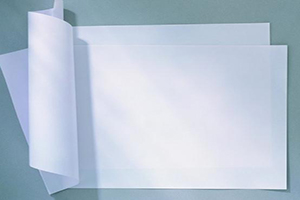
Offset paper has small flexibility, uniform ink absorption, good smoothness, tight and opaque texture, good whiteness, and strong water resistance. Used for processing and manufacturing thin paper packaging and decorating prints. When printing on offset paper, the paper should not be piled too high. In particular, the printed parts with high smoothness and large ink volume should be prevented from sticking on the back side. Generally, anti-dirty agents, powder spraying or interlining paper should be used. Conjunctival type offset printing inks and better quality lead printing inks should be used. The viscosity of the ink should not be too high, otherwise the phenomenon of powder removal and fuzzing will occur.
Flat paper specifications: 787×1092, 850×1168, 880×1230 (mm×mm).
Roll paper specifications: width 787, 1092, 850 (mm).
Uses: Offset paper is mainly used when printing higher-level color prints on offset (offset) printing machines or other printing machines, such as color pictorials, picture albums, posters, color printing trademarks, and some advanced book covers, illustrations, etc.
2. Coated paper;
Coated paper is also called coated paper. This kind of paper is a high-grade printing paper made by coating a layer of white slurry on the base paper, and after super calendering processing, it is also called printing coated paper. The whiteness is high, the paper fiber is evenly distributed, the thickness is uniform, the flexibility is small, it has good elasticity and strong water resistance and tensile properties, and the ink absorption and receiving state are very good. The pressure should not be too high when printing on coated paper, and offset printing resin ink and bright ink should be used. To prevent the backside from sticking and dirty, methods such as adding anti-dirty agent and powder spraying can be used.
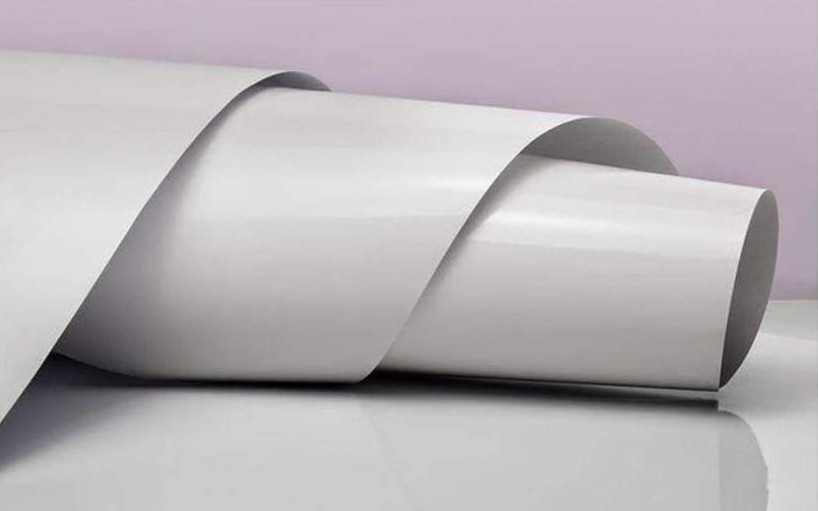
There are two types of coated paper, single-sided and double-sided. Weight: 70, 80, 100, 105, 115, 120, 128, 150, 157, 180, 200, 210, 240, 250 (g/ m2); of which: 105, 115, 128, 157 (g/ m2) imported More paper specifications.
Flat paper specifications: 648×953, 787×970, 787×1092 (currently there is no roll paper in China). 889×1194 is the imported coated paper specification.
Coated paper is mainly used for printing picture albums, covers, postcards, exquisite product samples and color trademarks.
3. White paper;
White plate paper is a kind of outer packaging paper, used for printing various trademarks and packaging cartons. The weight is 220, 240, 250, 280, 300, 350, 400 (g/m2); Flat paper specifications: 787×787 , 787×1092, 1092×1092 (mm×mm).
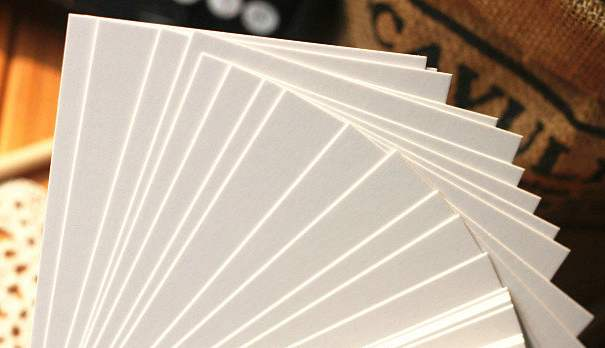
White paper is composed of lining pulp and flour pulp. The flour pulp is white, and the lining pulp is generally the natural color of the raw material. According to the paper surface, white paper can be divided into two types: powder white paper and ordinary white paper. According to the bottom layer classification, there are two types: gray and white. The quality requirements of white paper: clean white, smooth, consistent thickness, firm texture, no powder and lint, and uniform ink absorption performance, small expansion, toughness, and no break when bending.
Mainly used for printing packaging boxes and commodity decoration liner. In book binding, it is used for binding materials such as the inner cover of the hardcover book and the diameter paper (spine strip) in the hardcover book.
4. Letterpress paper;
Letterpress paper is the main paper used when printing books and magazines with letterpress. Letterpress paper can be divided into four levels: No. 1, No. 2, No. 3, and No. 4 according to the different distribution ratios of paper materials. The number of paper represents the quality of the paper. The larger the number, the worse the quality of the paper.
Paper weight: (49~60)±2(g/m2);
Flat paper specifications: 787×1092, 850×1168, 880×1230 (mm×mm);
Roll paper specifications: width 787, 1092, 1575 (mm) ) There are also some special sizes of paper.
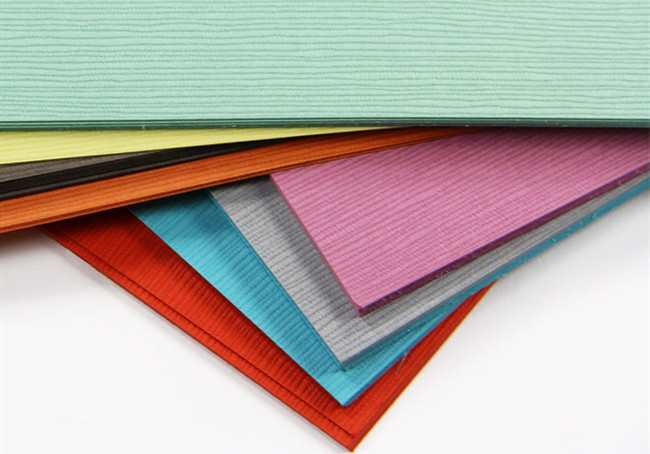
Letterpress printing paper is mainly used for letterpress printing. The properties of this paper are similar to newsprint, but not exactly the same. Because the ratio of the paper pulp and the percussion of the pulp are better than newsprint, the fibrous structure of letterpress paper is more uniform, and the gaps between the fibers are filled with a certain amount of fillers and sizing materials, and they are also bleached to form This paper has good adaptability to printing. It is slightly different from newsprint. Although its ink absorption is not as good as newsprint, it has the characteristics of uniform ink absorption; water resistance and paper whiteness are better than newsprint.
Letterpress paper has the characteristics of uniform texture, lint-free, slightly elastic, opaque, slightly water-resistant, and certain mechanical strength.
It is suitable for the main text of important works, scientific and technological books, academic publications, college and secondary school textbooks, etc.
5. Newsprint;
Newsprint, also called white newspaper, is the main paper used in newspapers and books. The characteristics of newsprint are: the paper is loose and light, with good elasticity; good ink absorption performance, which ensures that the ink can be relatively fixed on the paper; after the paper is calendered, both sides are smooth and lint-free, so that both sides The print is clear and full; it has a certain degree of mechanical strength; it has good opacity performance; it is suitable for high-speed rotary printing. Its weight is: (49~52)±2 (g/m2), flat paper specifications: 787×1092, 850×1168, 880×1230 (mm×mm), roll paper specifications: width 787, 1092, 1575 ( mm).
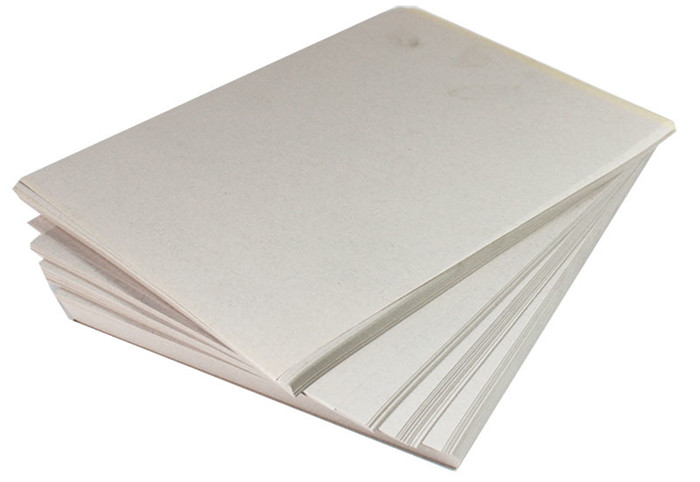
This paper is produced with mechanical wood pulp (or other chemical pulp) as raw materials, and contains a large amount of lignin and other magazines, so it is not suitable for long-term storage. If the storage time is too long, the paper will turn yellow and become brittle, have poor water resistance, and is not suitable for writing. The printing ink or book ink must be used, and the viscosity of the ink should not be too high. The moisture content of the plate must be strictly controlled during lithographic printing.
It is suitable for text papers such as newspapers, periodicals, textbooks, comic strips, etc.、
6. Embossed paper;

Embossed paper is a specially produced paper for cover decoration. The surface of the paper has a pattern that is not very obvious. The colors are divided into gray, green, beige and pink, and are generally used to print monochrome covers. Embossed paper is brittle, and the spine is easy to break when binding. When printing, the paper has a large curvature and it is difficult to feed the paper, which affects the printing efficiency.
7. Dictionary paper;
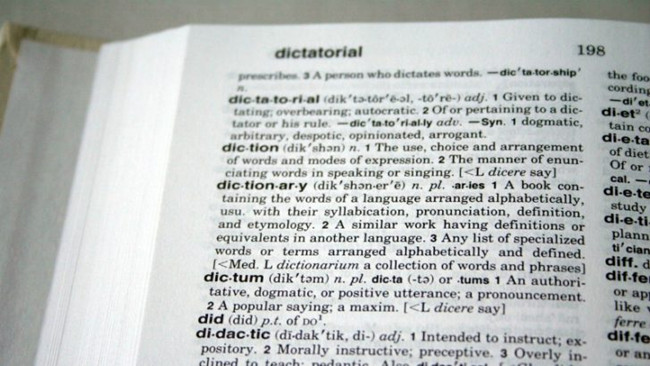
Dictionary paper is a kind of advanced thin book paper. The paper is thin but strong and resistant to folding. The surface is white and fine, the texture is tight and smooth, and it is slightly transparent. It has a certain degree of water resistance. It is mainly used for printing dictionaries, dictionaries, manuals, classic books and books with many page numbers and easy to carry. Dictionary paper has higher requirements on the pressure and ink color in the printing process, so special attention must be paid to the process when printing.
8. Kraft paper;
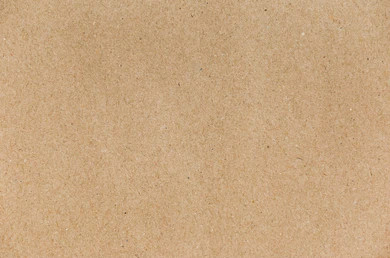
Kraft paper has a high tensile strength, such as single gloss, double gloss, stripes, and no grains. Mainly used for packaging paper, envelopes, paper bags, etc. and printing press drum linings, etc.
9. Other paper;
The texture of the painted newspaper is fine white and smooth, and it is used to print pictorial newspapers, atlases and posters.
Written paper, also called book cover paper, is the paper used for printing book covers. Written paper is made of paper with pigments, such as gray, blue, beige and other colors.
The paper with raw edges is thin and soft, light yellow, has no water resistance, and has good ink absorption. Unrimmed paper is only suitable for single-sided printing, mainly for ancient books.
Writing paper is the paper used for ink writing, and the paper is required to not be blurred when writing. Writing paper is mainly used for printing exercise books, diaries, forms and account books. Writing paper is divided into special number, No. 1, No. 2, No. 3 and No. 4.
Typing paper is a thin-page type of paper. The paper is thin and flexible. It is required not to penetrate holes when typing, and it will not be scratched by the tip of the pen when copying with a hard pen. Mainly used for printing documents, forms and multi-copy vouchers, etc. It is used as interleaf paper and printing and packaging paper in books. The typing paper is available in white, yellow, red, blue, green and other colors.
Yufeng Paper is used in printing various copy books and printing and packaging papers.
The copy paper is thin and tough, suitable for printing multi-copy copies; used in book binding to protect art works and play a beautiful role.